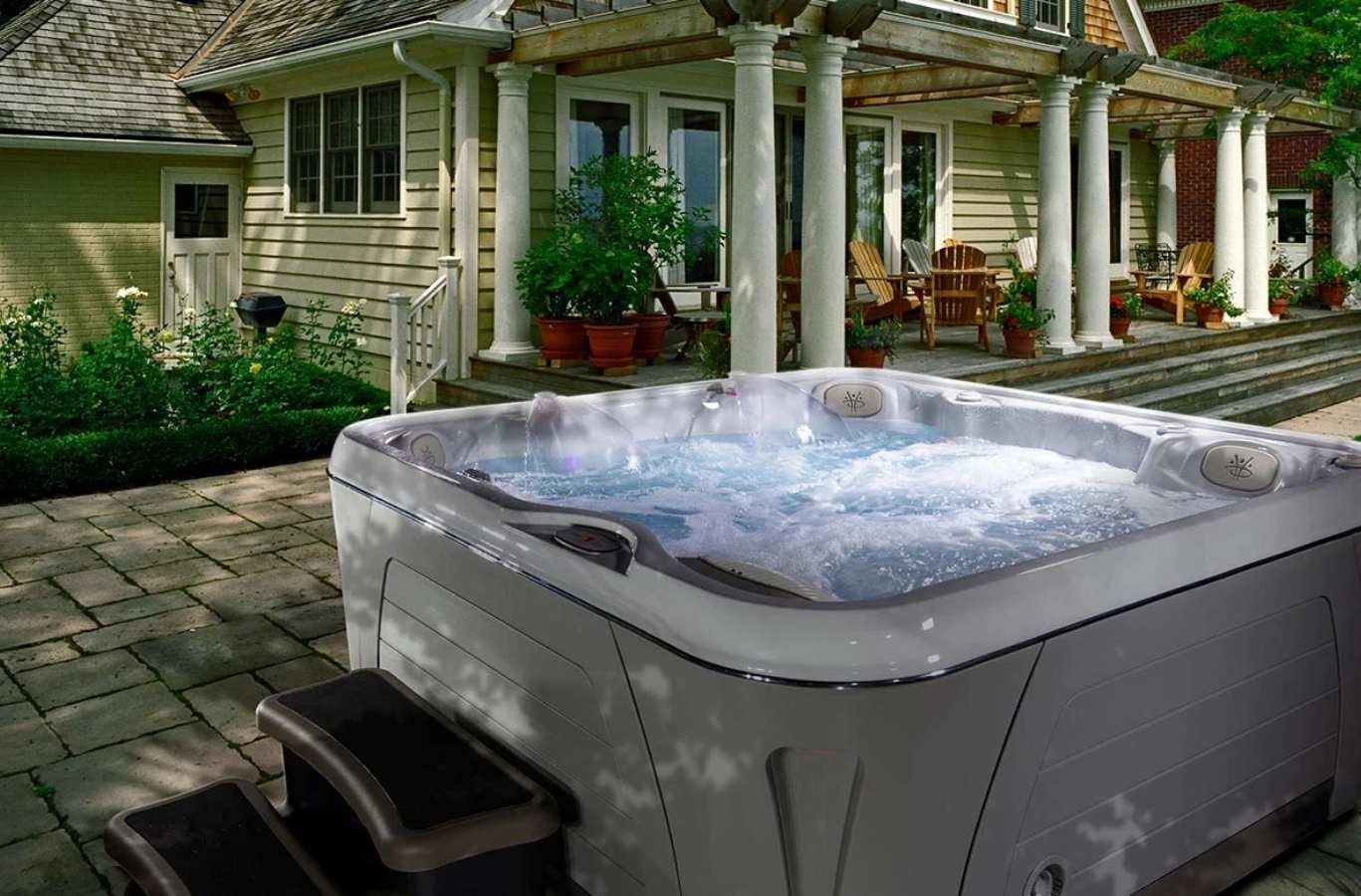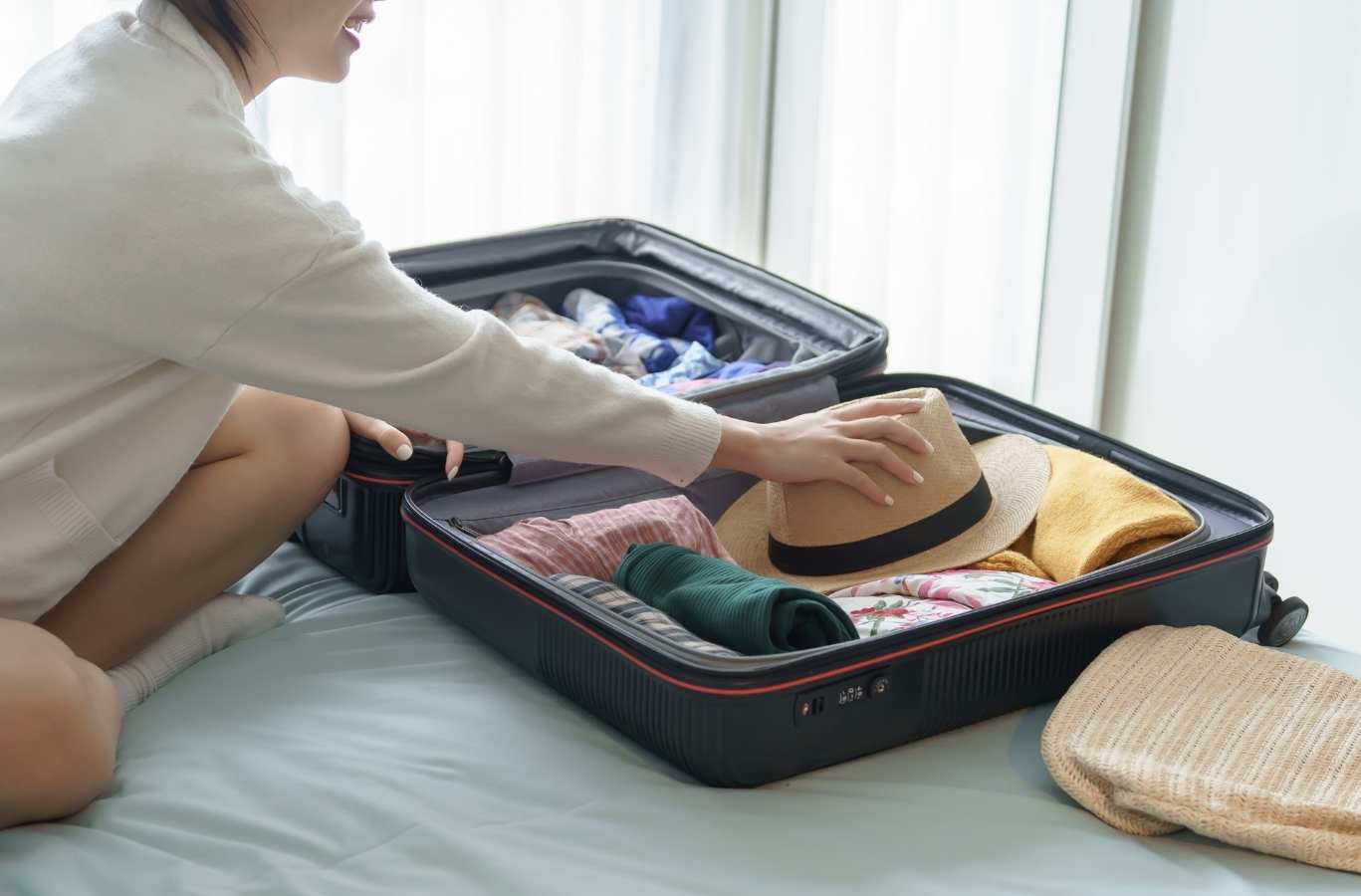How to Move a Pool Table: Complete Professional Guide from Alemo Transport in Annapolis, MD

Moving a pool table is one of the most challenging relocation tasks you will face during a move. These precision game tables combine extreme weight with delicate components, requiring specialized knowledge and equipment to transport safely. Whether you are moving across Annapolis or to a new home in the Greater DMV Area, understanding how to properly move a pool table protects your investment and ensures it will play perfectly at your new location. At Alemo Transport, we have successfully relocated hundreds of pool tables for residential and commercial clients. This comprehensive guide provides expert insights into the entire process of moving a pool table safely and efficiently.
Why Pool Tables Are Uniquely Challenging to Move
A pool table is not just another piece of furniture. The average pool table weighs between 650 and 1,000 pounds, with some larger models exceeding 1,200 pounds. The slate playing surface alone accounts for approximately 450 to 800 pounds of this weight. These slate pieces are typically composed of one to three separate sections, each exceptionally heavy and fragile when removed from the table frame. The table incorporates precisely calibrated leveling mechanisms that keep the playing surface perfectly flat. Even slight misalignment during a move can compromise gameplay and require professional recalibration. The felt covering the slate is delicate and easily damaged by improper handling. Rails, pockets, and other components all require careful removal and reinstallation to maintain the table's structural integrity and playing quality.
Attempting to move a pool table without disassembling it almost always results in damage to the table, your property, or both. The size and weight make it nearly impossible to navigate through doorways, hallways, and stairs without hitting walls or floors. Even if you manage to move an assembled pool table without visible damage, the internal structure and leveling will be compromised, affecting gameplay. Professional pool table movers understand these challenges and have developed proven techniques for safe disassembly, transport, and reassembly.
Should You Hire Professional Pool Table Movers?
Before deciding whether to move your pool table yourself or hire professionals, consider several important factors.
Expertise and Experience
Professional pool table movers have extensive training and experience with every type of table. They understand the specific disassembly process for different manufacturers and models. They know how to handle delicate felt without tearing or stretching it. They have mastered the techniques for safely lifting and transporting heavy slate pieces. This expertise prevents costly mistakes that amateurs commonly make.
Specialized Equipment
Professional movers have specialized tools designed specifically for pool tables including heavy-duty dollies rated for extreme weight, pool table jacks for lifting and leveling, proper wrenches and socket sets for various bolt sizes, staple removers designed for felt removal, and moving blankets and padding specifically sized for pool table components. Renting or purchasing this equipment for a single move is often more expensive than hiring professionals who already own it.
Insurance and Liability
Professional moving companies carry insurance that covers damage to your pool table during the move. If something goes wrong, you have financial recourse to repair or replace your table. When you move the table yourself, you assume all liability for damage. Given that quality pool tables cost thousands of dollars, this insurance protection provides significant peace of mind.
Physical Demands and Safety
Moving a pool table is physically demanding and potentially dangerous. Slate pieces can weigh over 400 pounds and require multiple strong people to lift safely. Improper lifting techniques can result in serious back injuries, hernias, crushed fingers, or other medical emergencies. Professional movers are trained in proper lifting techniques and work as coordinated teams to minimize injury risk.
Time and Convenience
Disassembling, moving, and reassembling a pool table typically takes an experienced team four to six hours. Amateur movers often require significantly more time, particularly if they encounter unexpected challenges. Hiring professionals frees you to focus on other aspects of your move, such as learning how to organize and pack your household items efficiently, while experts handle your pool table safely.
Essential Tools and Equipment for Moving a Pool Table
If you decide to move your pool table yourself, gather all necessary tools before beginning the disassembly process.
Socket Wrench Set
Most pool table rail bolts are 9/16 inch, though some models use different sizes. A complete socket wrench set ensures you have the correct size for your specific table. Adjustable wrenches can substitute but are less efficient and more likely to strip bolt heads.
Screwdrivers
Both Phillips head and flathead screwdrivers in various sizes are necessary for removing pockets, rails, and other components. A power drill with screwdriver bits significantly speeds up the disassembly and reassembly process.
Staple Remover
The felt on most pool tables is held in place by staples. A heavy-duty staple remover or flathead screwdriver allows you to carefully remove these staples without tearing the felt. Patience during this step prevents expensive felt replacement.
Moving Blankets and Padding
Thick moving blankets protect the table frame, rails, and other components during transport. Bubble wrap provides additional cushioning for delicate parts. You will need significantly more padding than you might initially estimate.
Furniture Dollies
Heavy-duty furniture dollies or appliance dollies rated for at least 1,000 pounds are essential for moving the table base and transporting slate pieces. Standard dollies are not strong enough for pool table components and may collapse under the weight.
Lifting Straps
Professional-grade lifting straps distribute weight more evenly and provide better grip when lifting heavy slate pieces. These straps reduce strain on your back and hands during the most physically demanding part of the move.
Plastic Bags and Labels
Small plastic bags keep screws, bolts, and other hardware organized during disassembly. Label each bag clearly to indicate which component the hardware belongs to. This organization makes reassembly much easier and prevents lost parts.
Step-by-Step Pool Table Disassembly Process
Proper disassembly is critical to protecting your pool table during the move. Work methodically and take your time through each step.
Clear the Area
Remove all pool balls, cues, triangle racks, and accessories from the table and surrounding area. Clear a wide path from the table to your exit door, removing rugs, furniture, and obstacles. Cover nearby walls and corners with padding to prevent damage during the move.
Remove the Pockets
Pool table pockets are typically attached with screws or staples. Use a screwdriver to remove the screws holding each pocket liner in place. Set the pocket liners aside in a safe location. Some pockets are attached to the rails and will come off with the rails in the next step. Place all pocket screws in a labeled plastic bag.
Detach the Rails
The side rails are secured to the table frame with bolts located underneath the table. Crawl under the table and locate these rail bolts, typically three or four per rail. Use your socket wrench to remove all rail bolts, placing them in a labeled plastic bag. With the bolts removed, carefully lift each rail off the table. Rails are heavy and awkward, so have a helper assist with this step. Set rails aside on moving blankets to protect them from scratches.
Remove the Felt
The felt covering the slate is either stapled or glued in place. For stapled felt, use your staple remover to carefully extract each staple around the perimeter of the table. Work slowly to avoid tearing the felt. Pull staples out at an angle rather than straight up to minimize felt damage. Once all staples are removed, carefully roll the felt from one end to the other. Store the rolled felt in a safe, dry location. For glued felt, the removal process is more delicate. You may need to slowly peel the felt away from the slate, accepting that some damage may occur. Many professionals recommend having the table re-felted after a move rather than attempting to reuse glued felt.
Mark and Remove the Slate
This is the most critical and challenging step in disassembly. Pool tables have either one large piece of slate or, more commonly, three separate slate pieces. Before removing any slate, use a pencil or marker to clearly mark each piece with numbers or letters indicating their position and orientation. Mark both the slate pieces themselves and the wooden frame beneath them so you know exactly how to reassemble them. Locate the screws holding each slate piece to the frame. These screws are typically covered with putty or beeswax. Carefully scrape away this covering material to expose the screw heads. Use a drill to remove all slate screws, placing them in labeled plastic bags. With the screws removed, carefully lift each slate piece off the frame. Slate is extremely heavy and fragile when unsupported. You will need at least three strong people to safely lift each piece. Grip the slate by its edges and lift in a coordinated motion, keeping the piece level at all times. Never attempt to tilt or flip a slate piece, as this can cause it to crack or break. Set each slate piece on a padded surface and wrap it thoroughly in moving blankets. Transport slate pieces standing on edge rather than lying flat when possible, as this orientation reduces stress on the material.
Disassemble the Frame and Legs
With the slate removed, you can now access the frame and leg attachments. Locate the bolts securing each leg to the frame. Use a socket wrench or drill to remove these bolts, placing them in labeled bags. Carefully detach each leg and set it aside on a moving blanket. If your table frame is assembled in multiple pieces, disassemble these components as well, labeling each piece for easier reassembly.
Packing and Protecting Pool Table Components
Proper packing prevents damage during transport and ensures all components arrive at your new home in perfect condition. The same care you’d use when packing delicate and valuable items like jewelry applies when protecting your pool table’s precision components.
Wrap the Frame and Legs
Wrap the table frame and each leg individually in thick moving blankets. Secure the blankets with packing tape or stretch wrap. The goal is to prevent scratches, dents, and damage during handling and transport. Pad any sharp corners or protruding hardware that might damage other items or injure movers.
Protect the Rails
Wrap each rail individually in moving blankets or bubble wrap. Pay special attention to the cushions along the rail edges, as these rubber bumpers are critical to gameplay and can be damaged by pressure or impact. Secure the wrapping with tape and clearly label each rail with its position on the table for easier reassembly.
Secure the Slate
Slate pieces are the most valuable and fragile components of your pool table. Similar to fragile items such as glassware and slate pieces, these require multiple layers of protective wrapping to avoid cracks or chips during transport. Wrap each piece in multiple layers of moving blankets, ensuring all edges and corners are well protected. Some professionals recommend placing cardboard or thin plywood sheets between blankets for additional rigidity. Never stack multiple slate pieces directly on top of each other. Transport slate pieces standing on edge when possible, secured with straps to prevent tipping. If you must transport slate lying flat, ensure it is supported evenly across its entire surface with no unsupported areas that could stress the material.
Organize Small Parts
All screws, bolts, washers, and other hardware should be in labeled plastic bags. Group these bags together in a larger container or box and keep this container with you during the move rather than loading it into the truck. Having all hardware immediately accessible during reassembly saves significant time and frustration.
Loading and Transporting Your Pool Table
Careful loading and transport protect your pool table from damage during the journey to your new home.
Use Appropriate Vehicles
You will need a truck or large van capable of accommodating all pool table components. A standard pickup truck bed is typically large enough for most eight-foot tables when disassembled. For longer tables or if you lack access to a suitable vehicle, consider renting a moving truck. Ensure the vehicle bed or cargo area is clean and free from sharp objects or debris that could damage wrapped components.
Load Heavy Items First
Begin loading by placing the frame and legs in the truck. These are the heaviest components aside from the slate and should form a stable base for other items. Position them securely and use straps or rope to prevent shifting during transport.
Transport Slate Carefully
Load slate pieces carefully into the truck, standing them on edge and securing them with straps or by wedging them between other stable items. Never allow slate to rest at an angle or be supported at only one or two points. Distribute the weight of slate pieces evenly in the truck to maintain proper vehicle balance. Drive extremely carefully when transporting slate, avoiding sudden stops, sharp turns, or rough roads that could cause shifting or impact.
Secure All Components
Use ratchet straps, rope, or bungee cords to secure all components and prevent movement during transport. Check that nothing can slide, tip, or shift when the vehicle accelerates, brakes, or turns. Stack wrapped rails and other lighter components on top of the frame, ensuring adequate padding between items.
Reassembling Your Pool Table at the New Location
Reassembly reverses the disassembly process but requires additional attention to leveling and alignment.
Position the Frame
Set up the table frame in its designated location at your new home. Ensure you have adequate clearance around all sides of the table for gameplay and cue movement. Attach the legs to the frame using the labeled hardware you organized during disassembly. Do not fully tighten the leg bolts yet, as you will need to adjust them during the leveling process.
Install the Slate
Carefully lift each slate piece onto the frame, using your markings to position them correctly. Align the slate pieces precisely according to your reference marks. Secure each piece with the original screws, tightening them firmly but not excessively. Over-tightening can crack the slate. Use a precision level to check that the slate surface is perfectly level in all directions. Adjust the leg bolts as needed to achieve perfect levelness. This step is critical for proper gameplay and may require significant time and patience.
Seal the Slate Seams
If your table has multiple slate pieces, the seams between them must be filled and smoothed. Use beeswax or specialized slate seam filler to fill the gaps between pieces. Smooth the filler until it is perfectly flush with the slate surface. This creates a seamless playing surface across all slate sections.
Reinstall the Felt
Carefully unroll and position the felt over the slate, ensuring it is centered and oriented correctly. If the felt was stapled originally, use a staple gun to reattach it, working from the center of each side outward to prevent wrinkles or loose areas. Pull the felt taut but not excessively tight, as over-stretching can distort the playing surface. If your felt was damaged during removal, this is an excellent time to install new felt for optimal playing conditions.
Attach the Rails
Position each rail in its proper location according to your labels. Secure the rails to the frame using the original bolts, tightening them firmly. Ensure all rails are aligned properly and sit flush against the slate surface. Reattach the pocket liners using the original screws or new staples.
Final Leveling and Testing
After reassembly, perform a final comprehensive leveling check using a precision level. Place the level on the playing surface in multiple locations and orientations, checking for any deviation from perfect level. Make fine adjustments to the leg bolts as needed. Once the table is perfectly level, test it by rolling balls slowly across the surface. Balls should roll straight without curving or drifting toward one side. If balls consistently roll toward one area, additional leveling is needed.
Common Mistakes to Avoid When Moving a Pool Table
Learning from others' mistakes helps you avoid costly errors during your move.
Attempting to Move the Table Without Disassembly
Moving a fully assembled pool table is the most common and most damaging mistake. The weight and size make it virtually impossible to move safely without causing damage to the table, your property, or both. Always disassemble the table completely before attempting to move it.
Inadequate Help
Pool table components, particularly slate pieces, require multiple strong people to lift safely. Never attempt to lift slate with fewer than three people, and four is preferable for larger pieces. Recruiting inadequate help increases injury risk and potential for dropping and breaking slate.
Failing to Label Components
Skipping the labeling step makes reassembly frustrating and time-consuming. Without proper labels, you will struggle to remember which rail goes where, how the slate pieces align, and which hardware belongs to which component. Taking a few extra minutes to label everything during disassembly saves hours during reassembly.
Rushing the Process
Pool table moving requires patience and careful attention to detail. Rushing through disassembly, transport, or reassembly increases the likelihood of mistakes, damage, and injury. Set aside adequate time for the entire process and work methodically through each step.
Neglecting Leveling
A pool table that is not perfectly level will not play correctly. Proper leveling requires precision tools and patience. Do not skip or rush this critical final step. If you are not confident in your ability to level the table properly, hire a professional pool table installer to complete this step.
Frequently Asked Questions
1. How much does it cost to hire professional pool table movers in the Greater DMV Area?
Professional pool table moving costs in the Annapolis and Greater DMV Area typically range from $300 to $800 depending on the size of your table, the distance of your move, and the complexity of the relocation. Standard eight-foot tables with straightforward access generally fall on the lower end of this range. Larger tables, moves involving stairs or difficult access, or long-distance relocations cost more. Many moving companies, including Alemo Transport, provide free quotes based on your specific situation. While this cost may seem significant, it covers specialized equipment, experienced labor, insurance protection, and guaranteed professional results. When you consider the value of your pool table and the risk of damage from amateur moving, professional service often proves to be the most cost-effective choice.
2. Can I reuse the felt after moving my pool table?
Whether you can reuse felt depends on how it was attached and how carefully it was removed. Stapled felt that is carefully removed with minimal tearing can often be reused successfully. However, glued felt is nearly impossible to remove without damage and typically requires replacement after a move. Even if stapled felt appears intact after removal, it may have stretched, developed wrinkles, or sustained small tears that affect gameplay. Many pool table owners use a move as an opportunity to upgrade to new, high-quality felt for optimal playing conditions. Professional pool table movers can advise you on whether your specific felt is worth reusing or if replacement is recommended.
3. How long does it take to move a pool table?
For professional movers, disassembling, transporting, and reassembling a standard pool table typically takes four to six hours. This timeframe assumes straightforward access at both locations without stairs or unusual obstacles. More complex moves involving tight spaces, multiple flights of stairs, or challenging access can take eight hours or more. Amateur movers should expect the process to take significantly longer, particularly if this is their first pool table move. Plan for an entire day when moving a pool table yourself, and do not schedule the move on the same day as other time-sensitive activities. Rushing increases the risk of mistakes and damage.
Moving a pool table is a complex project that demands respect for the table's weight, precision engineering, and delicate components. Whether you choose to hire professionals or tackle the move yourself, understanding the proper techniques and potential challenges helps ensure your valuable pool table arrives at your new home ready to provide years of enjoyment. The investment of time, effort, and money in proper pool table moving pays dividends in preserved gameplay quality and avoided damage.
For expert pool table moving services in Annapolis and throughout the Greater DMV Area, contact Alemo Transport at 240-968-6717 or alemotransport@gmail.com. Our experienced team has the specialized knowledge, equipment, and insurance to move your pool table safely and efficiently. Let us handle the heavy lifting while you focus on settling into your new home.

.avif)

.png)
%20(1)%20(1).png)








